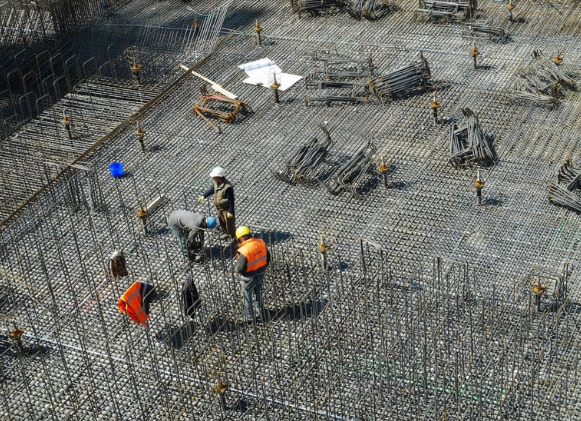Biomedical engineering projects are an exciting and rapidly growing field that combines engineering principles with medical science to help solve real-world problems in healthcare. These projects can range from developing new prosthetics and medical devices to improving diagnostic tools and treatment methods. Biomedical engineering projects often require a multidisciplinary approach, involving collaboration between engineers, medical professionals, and scientists.
One of the most important aspects of biomedical engineering projects is the potential to improve patient outcomes and quality of life. For example, a team of biomedical engineers may work to develop a new prosthetic limb that is more comfortable and functional for amputees. Another team may focus on improving diagnostic tools for early detection of diseases, which can lead to better treatment options and improved survival rates.
Overall, biomedical engineering projects offer a unique opportunity to combine creativity, innovation, and problem-solving skills to make a real impact in the world of healthcare. With continued advancements in technology and medical science, the possibilities for future biomedical engineering projects are endless.

Fundamentals of Biomedical Engineering
Biomedical engineering is a field that applies engineering principles to solve medical problems. The field is broad and covers a wide range of topics, including biomechanics, biomaterials, bioinstrumentation, biological signal analysis, and medical imaging technologies.
Biomechanics and Biomaterials
Biomechanics is the study of the mechanical properties of biological tissues. Biomedical engineers use biomechanics to design and test medical devices such as prosthetic limbs, artificial heart valves, and orthopedic implants. Biomaterials are materials that are used to replace or repair damaged tissues. Biomedical engineers use biomaterials to develop medical implants, such as artificial joints, and to create scaffolds for tissue engineering.
Bioinstrumentation and Sensors
Bioinstrumentation is the use of electronic instruments to measure physiological signals, such as heart rate, blood pressure, and brain activity. Biomedical engineers design and develop bioinstrumentation systems to monitor and diagnose medical conditions. Sensors are devices that detect and respond to changes in the environment. Biomedical engineers use sensors to measure physiological signals and to monitor medical devices.
Biological Signal Analysis
Biological signal analysis is the process of extracting information from physiological signals, such as electrocardiograms (ECGs) and electroencephalograms (EEGs). Biomedical engineers use signal processing techniques to analyze these signals and to develop algorithms for diagnosing medical conditions.
Medical Imaging Technologies
Medical imaging technologies are used to create images of the human body for diagnosis and treatment planning. Biomedical engineers develop and improve medical imaging technologies, such as X-ray, computed tomography (CT), magnetic resonance imaging (MRI), and ultrasound. These technologies enable physicians to visualize internal structures and diagnose medical conditions.
Biomedical engineering is an interdisciplinary field that requires knowledge of engineering, biology, and medicine. By applying engineering principles to medical problems, biomedical engineers develop innovative solutions that improve patient outcomes.
Also Read :
- High School Engineering Projects: Ideas and Tips for Success
- Software Engineering Projects: Tips and Best Practices
- Data Engineering Projects: Examples and Best Practices
- Engineering Projects for Kids: Fun and Educational Activities to Inspire Future Engineers
- Mechanical Engineering Projects: Innovative Ideas for Your Next Project
1 thought on “Biomedical Engineering Projects: Innovative Solutions for Healthcare”